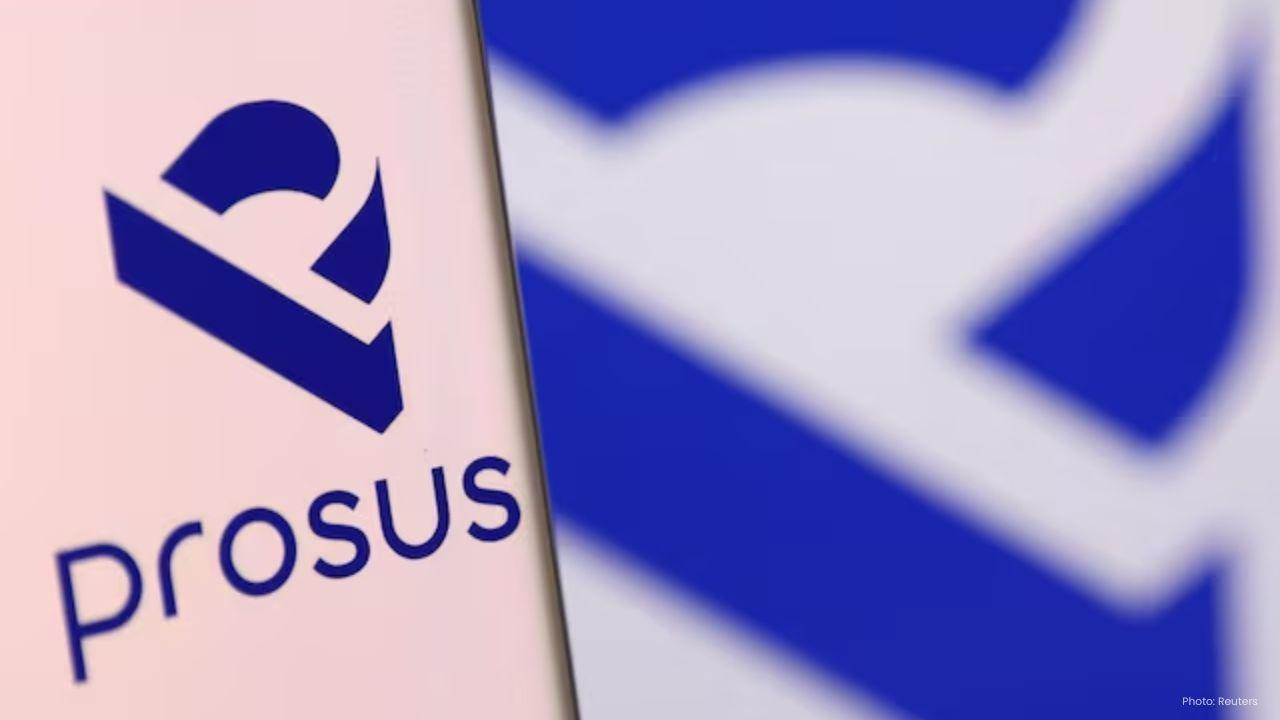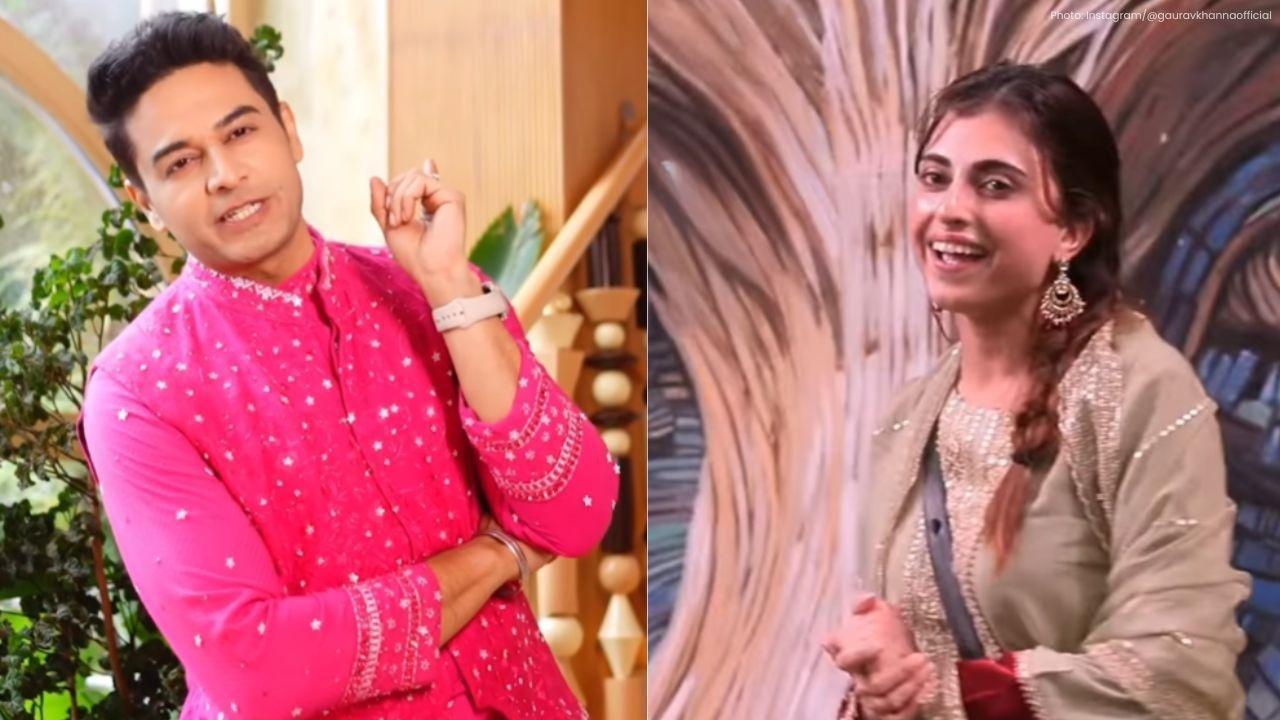
Join 10k+ people to get notified about new posts, news and tips.
Do not worry we don't spam!

Post by : Anis Farhan
Artificial intelligence's ability to mimic human expression has long captured attention — and this week it prompted renewed unease. Across international outlets, AI voice cloning topped conversations after numerous reports detailed synthetic audio impersonating public figures, celebrities and private individuals without permission.
What started as a specialised tool for entertainment and accessibility is now at the centre of ethical debate. From fraudulent emergency calls to fabricated interviews using cloned voices, misuses of the technology have multiplied.
The headlines this week show that the issue goes beyond code: it concerns consent, credibility and where creative practice ends and exploitation begins.
Recent days brought several viral examples of AI-generated audio — fabricated political addresses and phoney endorsements among them. One particularly widespread clip, imitating a senior world leader, circulated widely before fact-checkers exposed it as synthetic, highlighting how convincing these recreations can be.
Such incidents have renewed worries about the integrity of public communication when vocal likenesses can be produced so precisely.
Voice-generation has progressed rapidly. Systems that once required specialised research environments are now available via open-source code and commercial services. With a few seconds of speech, some platforms can generate a remarkably authentic vocal replica.
More alarming is the emergence of near-instant cloning: live filters that impersonate another person's voice during calls or online sessions create new avenues for deception and abuse.
While public figures often dominate coverage, this week many ordinary users shared accounts of cloned voices used in scams and extortion schemes. Criminals have exploited emotional triggers — for example, using a distressed-sounding voice purporting to be a relative — to dupe victims.
Those real-world harms helped push "AI voice cloning" into trending discussions, and prompted renewed calls for legal and ethical protections.
Voice cloning employs deep neural networks to model an individual's vocal profile — pitch, cadence, accent and emotional nuance. Once trained, these models can synthesise speech that closely mirrors the original speaker.
Contemporary systems often rely on text-to-speech synthesis driven by transformer models or Generative Adversarial Networks (GANs), which refine subtle inflections and breath patterns.
Originally, voice cloning brought clear benefits: restoring speech for those who lost it, creating accessible audio content, and improving dubbing workflows. Yet the same accessibility that enables these gains also raises misuse risks.
By 2025 even widely available free tools can produce high-fidelity voice replicas quickly — a development that, while democratising creative work, has also lowered barriers for abuse.
Central to the ethical debate is consent. Who has the right to a person's voice? If a sample is used to generate a clone, does that constitute theft or legitimate reuse?
For performers and influencers, voice identity is a core asset. Unauthorized reproductions can harm livelihoods and complicate legal responsibility.
As synthetic voices approach realism, distinguishing genuine speech from fabrications becomes increasingly difficult. When cloned audio is deployed to spread falsehoods or misrepresent statements, trust and reputations suffer immediate damage.
The ethical dilemma is stark: the ability to reproduce voices doesn't automatically justify doing so.
Hearing a familiar voice say something alarming — even if fabricated — can cause significant distress. Psychologists warn that persistent exposure to such deception could erode confidence in media and interpersonal communication.
Actors, narrators and broadcasters face a new competitive threat from their own digital counterparts. Several industry unions are already developing guidelines to shield members from non-consensual cloning.
Governments have started proposing legal measures in response to increased misuse. Draft rules this week focused on deepfake audio and AI content, and some proposals would require clear disclosure when synthetic media is used commercially.
In certain jurisdictions, lawmakers are considering criminal penalties for cloning voices without consent, especially where fraud or impersonation is involved. Still, consistent international standards remain hard to achieve as technology evolves rapidly.
Current copyright law protects creative works but not biological traits. Legal scholars argue that "voice likeness" should be treated akin to personality rights — similar to image or name rights.
Courts are beginning to grapple with how to attribute ownership to intangible vocal characteristics — a legal puzzle that will shape digital rights in coming years.
Major AI providers are tightening rules, restricting non-consensual cloning and developing watermarking methods. Social platforms are likewise investing in detection systems to flag suspicious audio before it spreads.
Creators who post podcasts, videos or voice clips make it easier for models to learn their voice. Using shorter clips or adding identifying marks can reduce the risk of cloning.
Voice professionals should explore registering their voice with digital rights platforms that generate cryptographic "voice fingerprints." These records can help prove ownership or reveal misuse.
New software can flag AI-generated voices by spotting irregularities in waveform patterns and timing. Such tools are becoming essential for newsrooms and platforms verifying authenticity.
Creators and industry groups should lobby for laws that clearly define voice consent. Stronger legal definitions would make it easier to hold abusers accountable.
Openly disclosing the use of synthetic voices for creative or accessibility reasons helps maintain trust and separates ethical uses from deceptive practices.
Despite the challenges, beneficial uses persist. Voice cloning has restored communication for patients with neurodegenerative conditions and helped preserve emotional nuance in international dubbing.
Audiobook and gaming creators employ synthesis to streamline production while licensing agreements protect performers' rights. With consent and proper credit, AI can complement human talent.
Some creators are monetising authorised voice models by licensing them for projects under transparent terms. This approach suggests a future where voice IP functions like other licensed creative assets.
The concept of a licensed "voiceprint" could become a new digital commodity for artists and professionals.
Developers face pressure to include imperceptible watermarks in generated audio. Such markers would make it easier to trace the origin of synthetic clips and hold creators to account.
AI firms should ensure that voice samples used for training are sourced with informed consent. Transparent dataset curation is both ethical and increasingly a legal necessity.
Research teams are building public services that let users submit suspect audio for authenticity checks. These verification resources could help curb misinformation at scale.
If hearing no longer guarantees truth, institutions that rely on trust — journalism, governance and personal relationships — face new vulnerabilities. Convincing vocal imitations of leaders or loved ones raise issues of national security and civic stability.
People targeted by voice deepfakes often report a sense of violation akin to identity theft. The idea that one’s voice can be manipulated without permission undermines psychological safety online.
Technological breakthroughs are neutral until applied. The central moral question is not whether we can create convincing voices, but how we choose to use that capacity.
Developers, creators and users share responsibility to steer progress toward societal benefit rather than harm.
Voice cloning will continue to evolve. The critical task ahead is to guide that evolution with ethical guardrails. Industry coalitions are now crafting "synthetic media" frameworks that combine transparency, consent and detection standards.
We stand at a junction where regulation, creative practice and digital citizenship must intersect. Without clear norms, tools designed to empower could instead facilitate deception.
The coming months and years will determine whether voice AI becomes a trusted collaborator or a widespread source of distrust.
Recent debate over AI voice cloning amounts to more than a passing story — it is a call to action. Technology that restores voice can also erode authenticity if left unchecked.
Instead of rejecting innovation outright, society needs practical safeguards: consent, transparency and accountability must guide how AI engages with personal identity.
A voice is deeply personal. Protecting it is now a collective responsibility with legal, ethical and social dimensions.
This article is provided for informational and editorial purposes only and does not constitute legal or technical advice. Readers should seek professional counsel for implementation of AI or privacy measures.










Paramount+ to Stream PBR’s 'Unleash the Beast' in New Five-Year Deal
Paramount+ will stream PBR’s 'Unleash the Beast' across the U.S. starting this December under a five

Zohran Mamdani Clinches NYC Mayoral Seat as Victory Speech Blends Politics and Bollywood
Zohran Mamdani won New York City's mayoral race, becoming the city's first Muslim and South Asian ma

India Wins First Women’s World Cup 2025 Title
India lifts its maiden Women’s World Cup 2025 title! Harmanpreet Kaur’s team stuns South Africa in a

Manuel Frederick, 1972 Olympic Bronze Goalkeeper, Dies at 78
Manuel Frederick, a member of India’s 1972 Olympic bronze hockey team, has died in Bengaluru at 78 a

Muhammad Hamza Raja Wins IFBB Pro Card Puts Pakistan & UAE on Global Stage
Pakistani bodybuilder Muhammad Hamza Raja earns IFBB Pro Card in Czech Republic, showcasing Dubai’s

Shreyas Iyer’s Recovery Underway After Spleen Laceration in Sydney ODI
Shreyas Iyer is recovering after a spleen laceration sustained while taking a catch in the Sydney OD